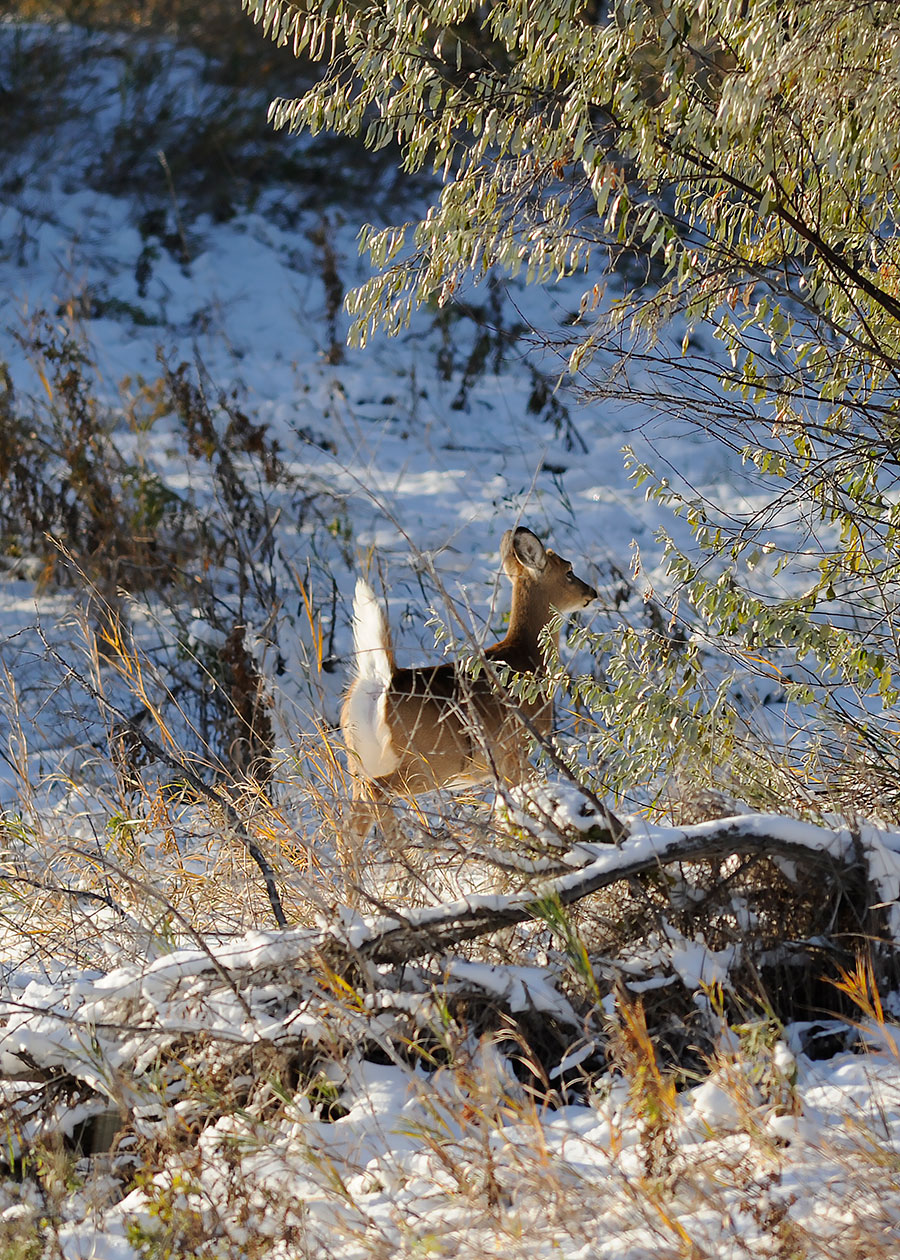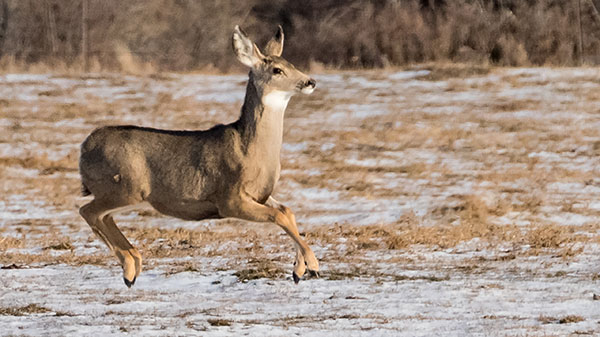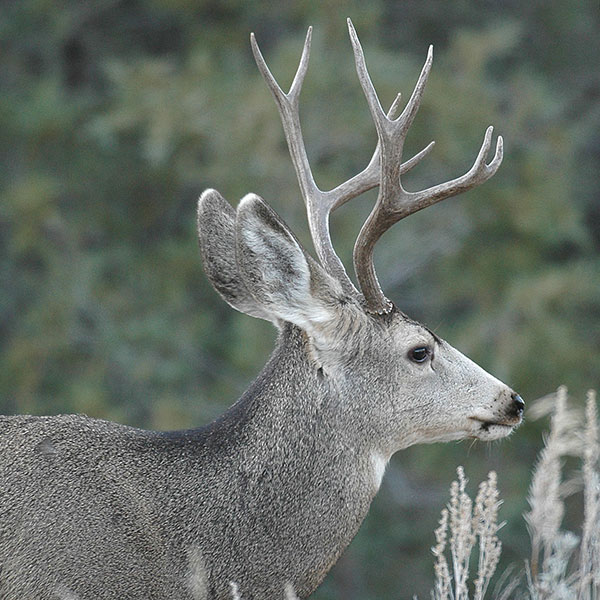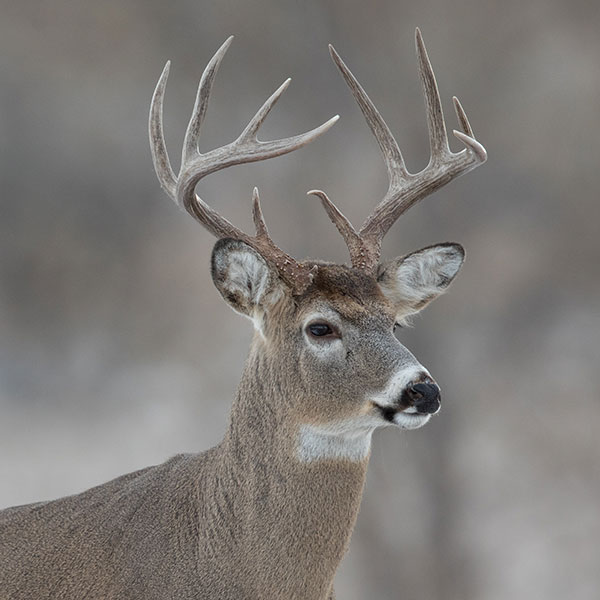Running Without Interruption
Ron Wilson

If you use the first time a specific license was required to hunt deer in North Dakota as when the seed was planted, that means this time-honored, eagerly anticipated fall pastime is roughly 90 years old.
Or you could say that deer hunting didn’t really take root until 1954, as that year marked the first of nearly 70 deer seasons that have run without pause.
Maybe it doesn’t matter.
What does, as today’s hunters would eagerly attest, is that North Dakota’s 16½-day deer gun season will without doubt open on a Friday at noon somewhere between Nov. 4 and Nov. 10, depending on how the calendar falls.
Like the coming of winter on the Northern Plains, the arrival of the deer season is beyond question.
Big Ears, White Tails
The 2022 deer gun season is like all the seasons that came before it in that many of the participants will be hunting deer for the first time.
And an untold number will be carrying tags that provide them the opportunity to shoot a white-tailed deer, mule deer or, in some instances, either or.
That being true, and as elementary as it may seem to veteran hunters, not everyone will know the difference between the two species.
Bill Jensen, North Dakota Game and Fish Department big game management biologist who has spent 30-plus years helping to manage both species in the state, offers this:
“The whitetail got its name because it has a big white tail. The mule deer got its name because it has big ears like a mule. The antlers of a mule deer are bifurcated, or they divide and then divide again, which is distinctive. Whereas the antlers on a whitetail, the main beam comes up, goes out and curls forward,” he said. “The tail of a mule deer is not as heavily furred. It tends to be kind of ropey with a black tip. But mule deer have a big white butt … that’s their primary signaling message on hair color. Also, mule deer tend to be a little grayer in terms of hair color.”

Mule deer doe stotting
The animals, at times, move differently and it’s noticeable.
“Mule deer have sort of a distinctive gait where when alarmed they bounce across the landscape. It’s called stotting, a Scottish term for bounce,” Jensen said. “Whereas whitetails just tend to have an all-out, bolt run.”
Jensen said there’s some evidence that stotting is a signaling mechanism for young or other members of the family group that there’s danger nearby. There are other theories, too, that it’s a better means of traveling across the landscape and being able to get above the vegetation and see. But that’s yet to be determined, he added.
“There are all these sorts of signaling mechanisms that animals have and for whitetails to signal danger to other members of the group they’ll raise their white tail and flash it back and forth,” Jensen said. “And as I mentioned earlier, mule deer don’t have the big tail, but they have a large white butt and that’s what it uses to signals others.”
When hunters bump a whitetail or mule deer, the manner of departure for both species is often different.
“Whitetails primarily evolved in more of a wooded, forested setting. So, when they first observe danger or people, they’re generally really pretty close and they bolt.” Jensen said. “Whereas mule deer are predominantly in more open, arid country and rugged terrain. If they were bolting every time they saw a coyote, they’d be running all the time. They’ll stand up and look and size up the danger, which makes some people think they’re stupid. It’s just that if they’re going to react the same way as whitetail, they’d be running around all the time.”
Snail and Slugs
Habitat, Habitat, Habitat
The Game and Fish Department made available 64,200 deer gun licenses for the 2022 season, the majority of which were for white-tailed deer. When you do the math, that’s 62,139 more licenses than were made available to hunters in 1931 when a specific license was required for the first time to hunt deer in North Dakota.
Hailed today as maybe the most adaptable big game animal in North America, for many years following that first season (it wasn’t until 1945 that more than 10,000 tags were made available to hunters) spotting a whitetail, no matter the time of year, was certainly a conversation starter at the local café.
Whitetail populations back in the day, Jensen said, were such because of the lack of habitat. But as the landscape changed, this adaptable animal started growing in numbers.
“After the Dirty Thirties and the drought, people started establishing tree rows to protect the soil from erosion. That had benefits to a wide variety of wildlife, including whitetail deer,” Jensen said. “All the other components started falling in place, too. There are crops that they could take advantage of, along with a nice mix of cover habitat like wetlands or cattail marshes, which are pretty important habitat for whitetail deer.”


